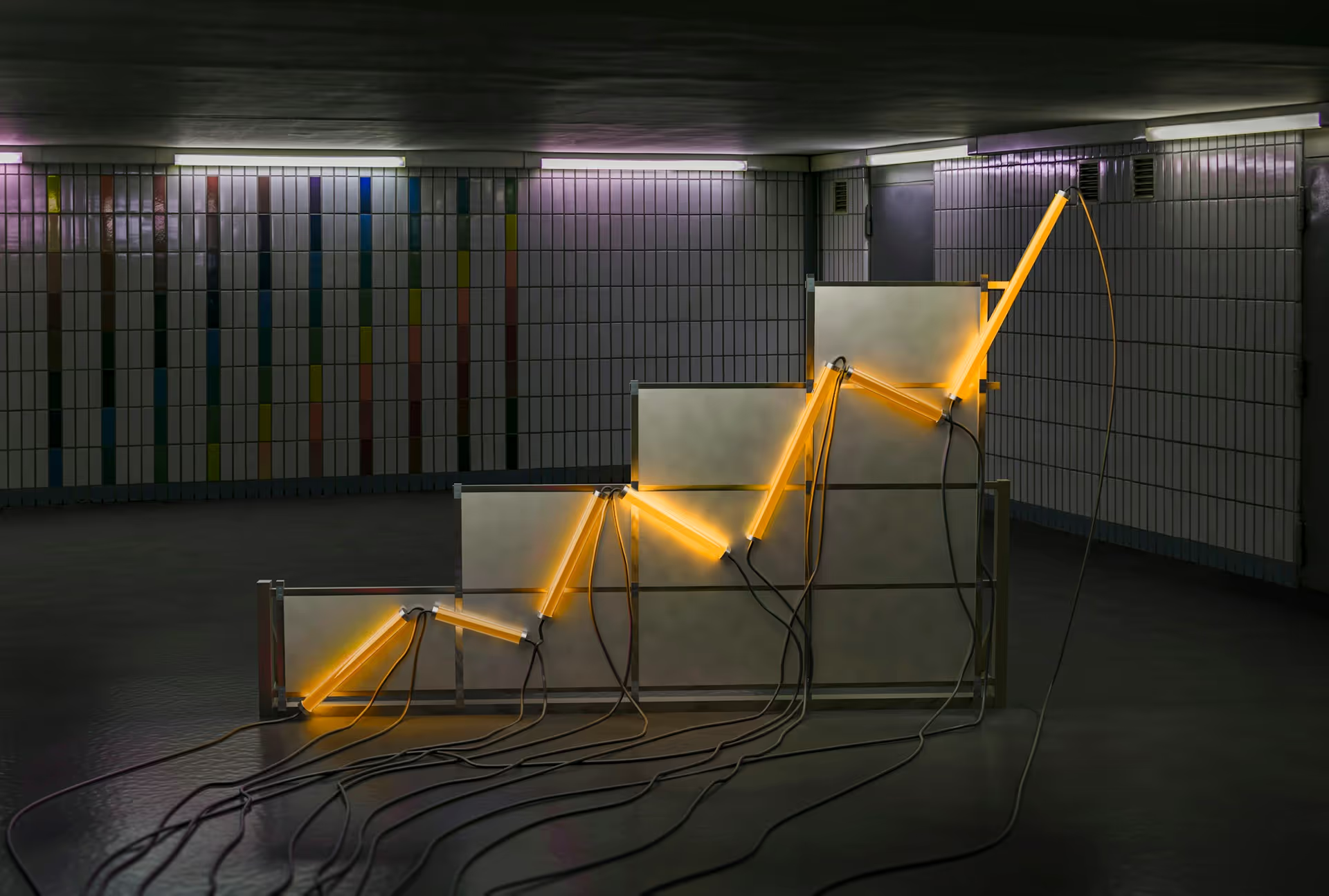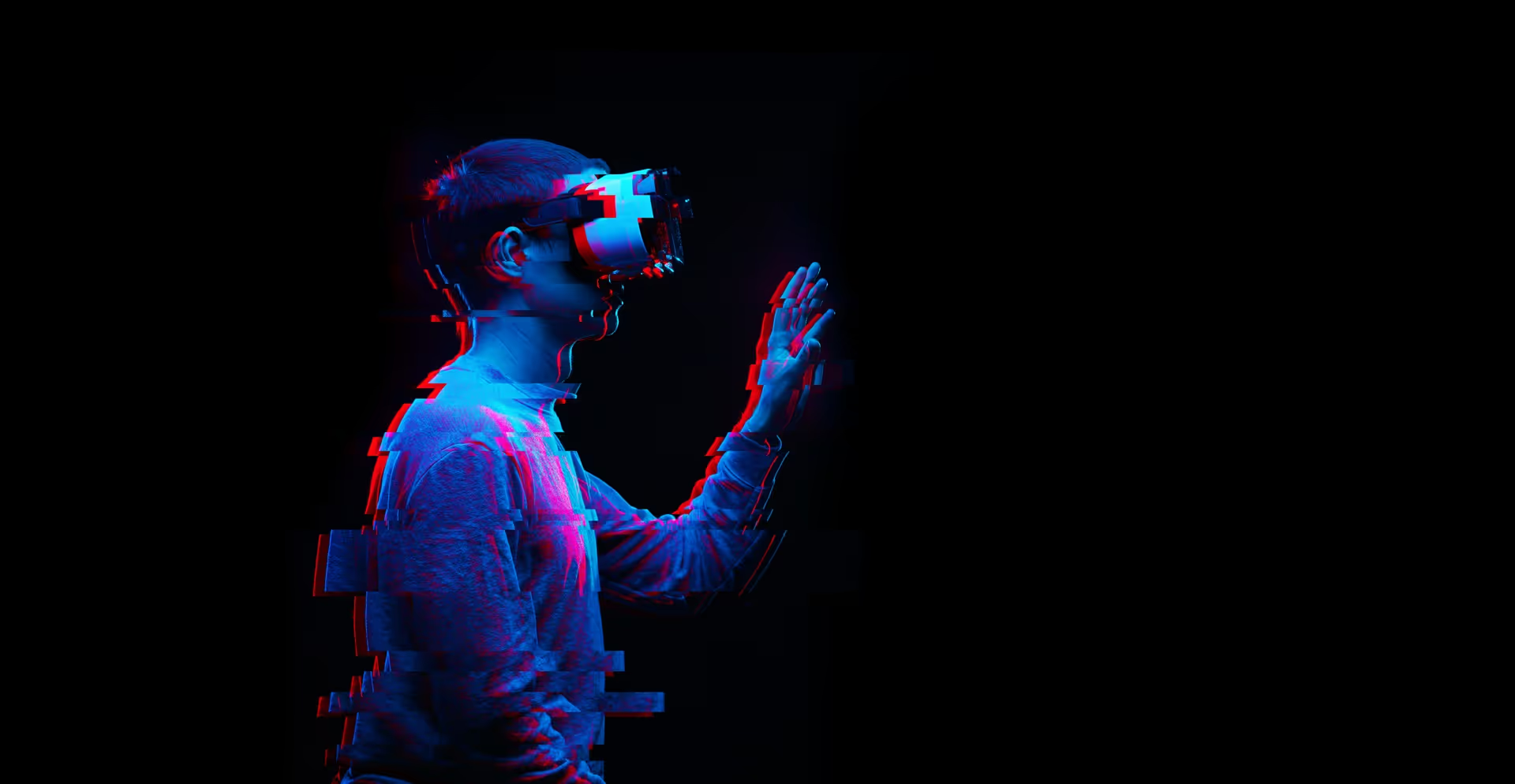In a referral from German infringement proceedings brought by Ferrari against Mansory Design and its CEO, the CJEU has confirmed the conditions in which unregistered Community design protection is available for part of a product.
This decision might pique the interest of those interested in car design and after-market car body personalisation.
Background
Community design protection is available for the appearance of the whole or a part of a product resulting from its features, and such protection can come in the form of registered and unregistered rights. The unregistered variant confers protection onto the proprietor of the design for a period of three years as from the date on which the design was first made available to the public within the Community.
When determining whether a design has been made available to the public within the Community, it is assessed whether the design has been published, exhibited, used in trade or otherwise disclosed in such a way that, in the normal course of business, these events could reasonably have become known to the circles specialised in the sector concerned, operating within the Community.
The facts and arguments
Ferrari’s FXX K model was first published in a press release dated 2 December 2014 that shows the vehicle’s side and front views.
Ferrari claimed that Mansory Design infringed their unregistered Community designs arising from the press release, relating to the appearance of the V-shaped element on the bonnet, the fin-like element protruding from the centre of that element and fitted lengthways (‘the strake’), the front lip spoiler integrated into the bumper and the vertical bridge in the centre connecting the spoiler to the bonnet, and to the appearance of the front lip spoiler.
At both first instance and appeal, the German courts ruled that unregistered Community designs did not subsist due to the lack of a certain autonomy and consistency of form in the claimed parts.
Following an appeal by Ferrari on a point of law, the Bundesgerichtshof in Germany referred the following questions to the CJEU:
- Can unregistered Community designs in individual parts of a product arise as a result of disclosure of an overall image of a product? If yes,
- should the assessment of individual character of a part take into account its autonomy and consistency of form that provides an overall impression independent of the whole product?
Judgment
The CJEU ruled that the making available to the public of images of a product entails the making available to the public of a design of a part of that product, or a component part of a complex product, provided that the appearance of that part or component part is clearly identifiable at the time the design is made available. It is essential for the image to enable visualisation, precisely and with certainty, of the part for which unregistered Community design protection is claimed. In this case, photographs of the FXX K model was made available in the press release.
When assessing the conditions for protection as an unregistered Community design, it is necessary that:
- the part or component part in question constitutes a visible section of the product or complex product, clearly defined by particular lines, contours, colours, shapes or texture;
- the appearance of the part of the product or component part of the complex product at issue is capable of producing an overall impression by itself and cannot be completely lost in the product as a whole.
Following the CJEU’s guidance, the case will return to the national courts in Germany.
Implications
Designers will be relieved to learn that they are not required to make available each part of their products separately in order to benefit from unregistered Community design protection for each part, a process that can be costly and time-consuming. Otherwise an increased difficulty in obtaining unregistered Community design protection would lack coherence with the relatively short term of protection and the requirement for copying for infringement to have occurred. However, it remains essential that each part must be visible whether shown individually or as a section of a product.
























.avif)
.png)

.avif)
.jpg)
.jpeg)